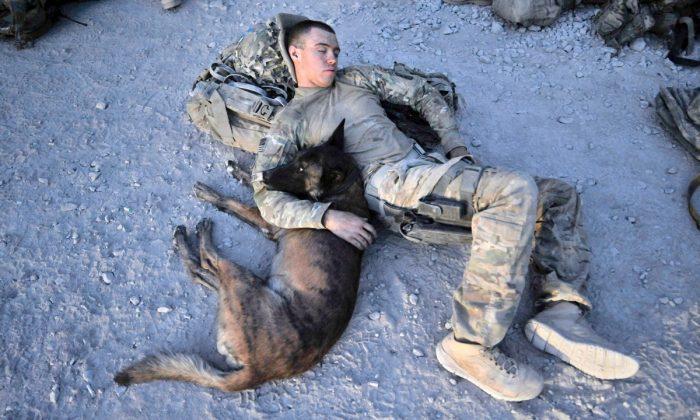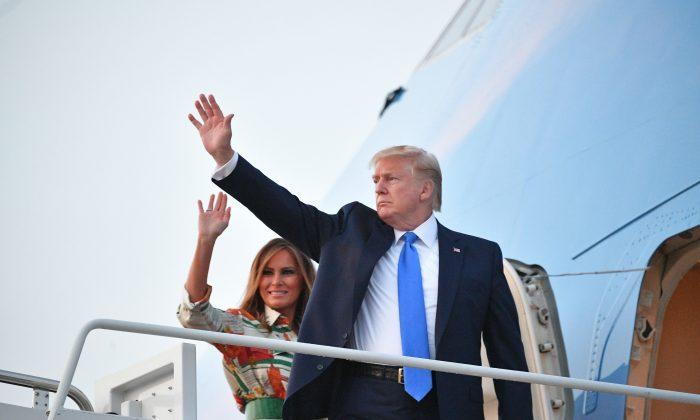A Department of Defense report says that bomb-sniffing Army dogs were not properly cared for after coming back from duty in Afghanistan.

“Once these dogs finished their tour of duty they were brought back to the United States and the Army essentially neglected them. There was no attempt to find good homes for the dogs. The dogs often were left in kennels for up to 11 months and they were mistreated through neglect and lack of care,” said Paltrow.

Dogs in the military are normally overseen by the Air Force’s 341st Training Squadron. Due to the short duration of the Army’s temporary program, the dogs did not go through the Air Force but were employed by the Army via a special contract.
The report found that once the program was over and the dogs were out of work, adoption applications were not prioritized, the Secretary of the Air Force did not do enough to manage the process of the dog’s return to civilian life, and the Army did not have a plan for the dogs after service, whether that be to release them or utilize them for further duty. The report also cited errors in tracking where some of the dogs ended up.

“The Army and the Defense Department actually have a whole series of rules and regulations for dealing with dogs and nearly all of these apparently were violated,” said Paltrow.
The report included suggestions for better tracking, management, and compliance with regulations for future programs utilizing dogs.






Friends Read Free